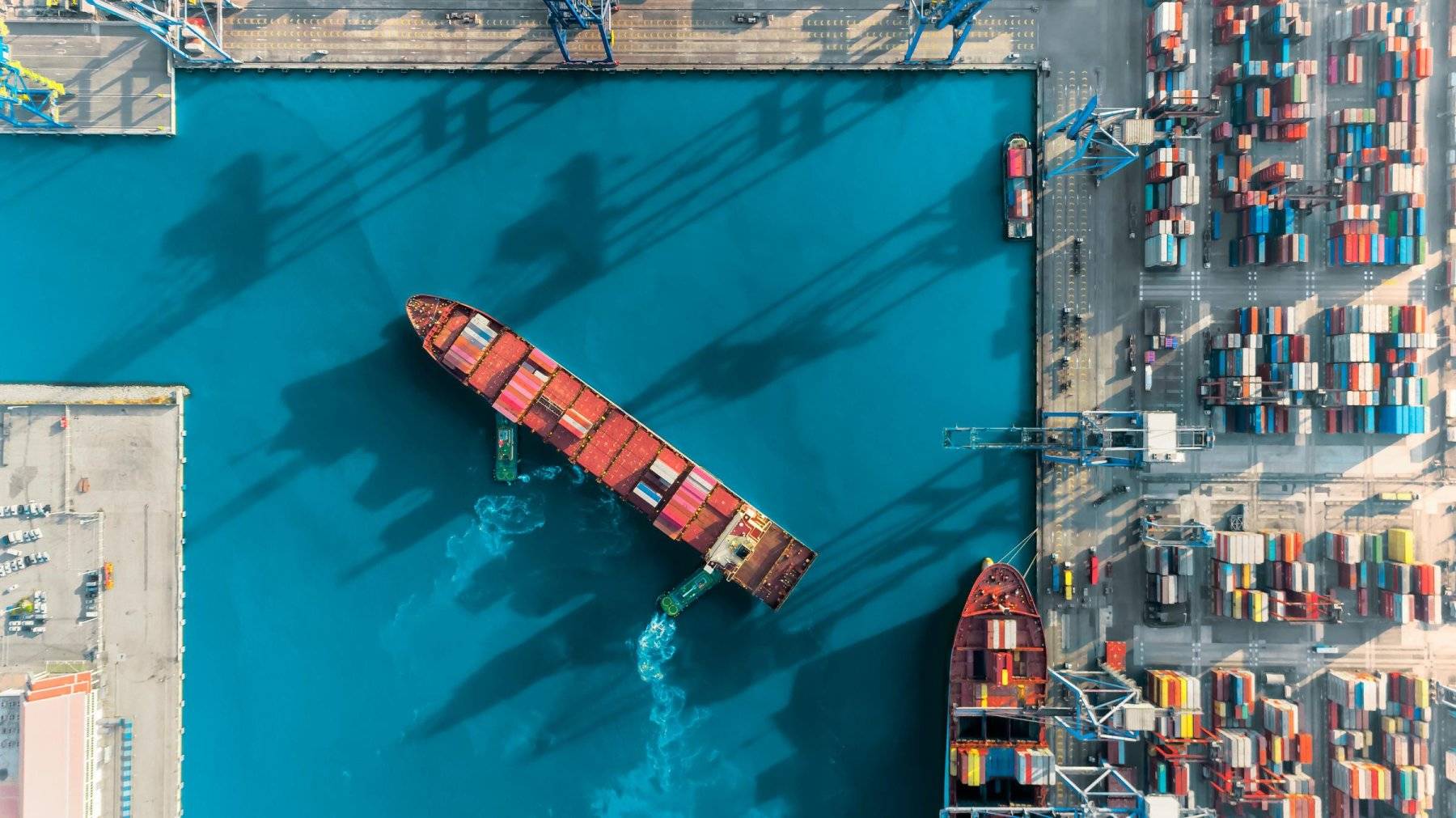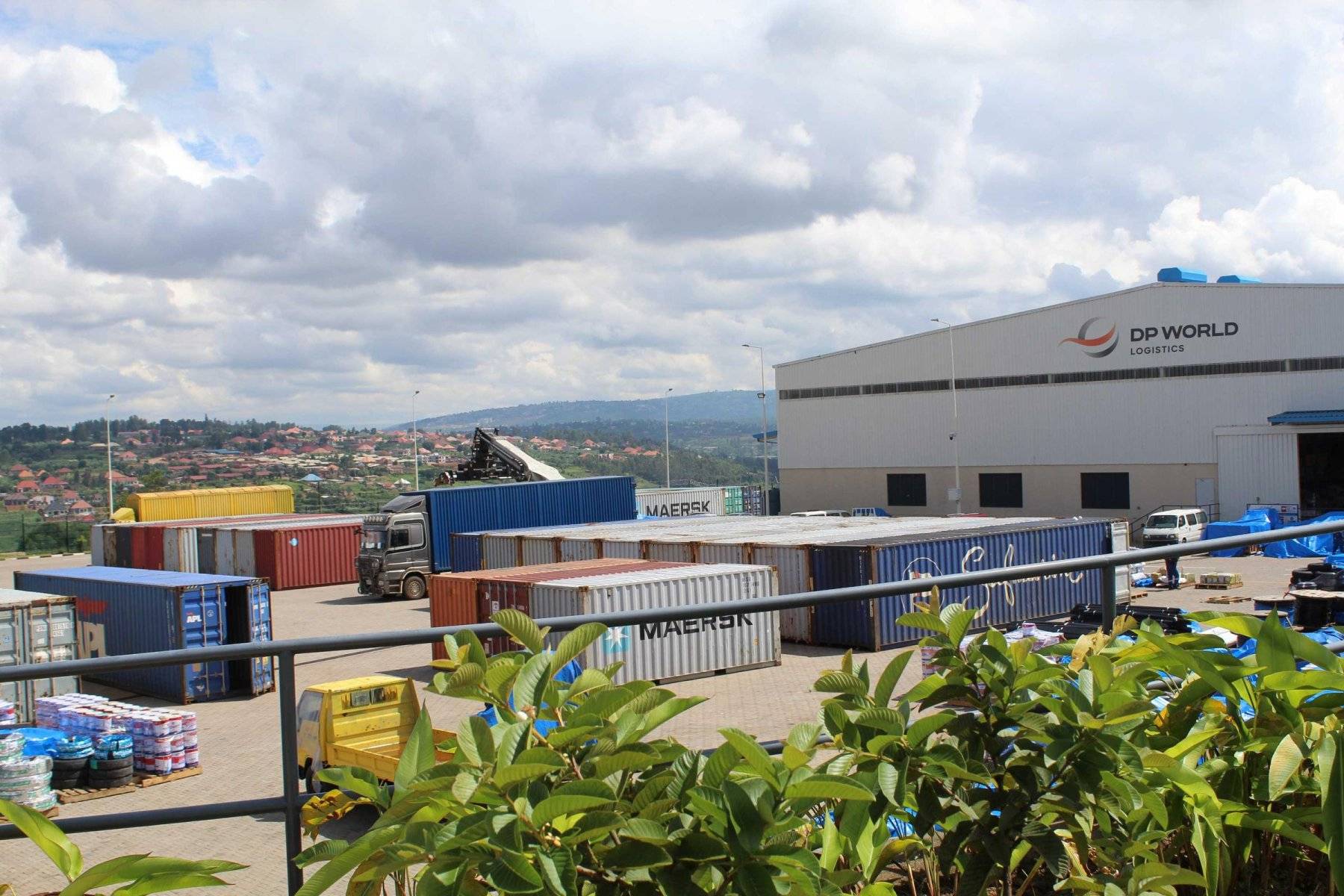Recent trends in environmental issues have had a significant impact on international transportation and trade logistics between countries.
International organizations and countries are actively working to reduce greenhouse gas emissions to combat climate change. This leads to regulatory measures and normative requirements regarding transportation and logistics.
Logistics companies need to be prepared to comply with stricter emission standards and adopt environmentally friendly technologies and vehicles, such as electric trucks or vehicles powered by alternative energy sources.
Growing awareness of environmental sustainability is leading to increased demands for supply chain sustainability. Customers and consumers are increasingly inclined toward companies that demonstrate environmental responsibility.
Logistics companies need to incorporate environmental practices into their operations, such as using packaging made from renewable materials and optimizing delivery routes to reduce mileage and emissions.
Important to note, that SeaRates is helping you optimize your carbon emissions and even contribute to carbon offset: if you book a rate on the Logistics Explorer Platform, you can choose an option with less emission and even pay a few dollars extra for CO2 offset.
Green technologies, such as electric vehicles, autonomous transportation vehicles, and energy management technologies, are transforming the landscape of transportation logistics.
The implementation of these technologies requires investment in research and development, upgrading the transportation fleet, and engaging environmentally conscious partners in the supply chain.
Some countries and regions are already implementing legislative and trade restrictions on freight transportation related to environmental factors. For example, taxes on emissions or requirements for certification of environmentally clean carriers may be introduced.
Logistics companies need to monitor such changes in legislation and adapt their operations in accordance with the new requirements.

Overall, recent trends in environmental issues are driving changes in international transportation and trade logistics. Logistics companies must take measures to reduce negative impacts on the environment, optimize supply chains, and utilize green technologies to meet the demands of environmentally responsible business practices and satisfy consumer expectations.
How can I achieve environmental sustainability in my supply chain?
Implementing green logistics technologies requires adapting freight services to modern market and customer requirements. At this point, it is useful to get advice on the details of changes to your logistics operations. The SeaRates team takes advantage of many years of experience and modern offerings to meet the logistical needs of the world.
Our client support offers delivery assistance, compliance services in accordance with the requirements of international environmental shipping standards, and much more.
Anna Shyssel, Logistics Customer Support Manager at SeaRates, has many successful cases involving step-by-step shipping coordination assistance. Feel free to contact her at anna@searates.com for assistance with your logistics needs.
SeaRates keeps pace with the times by offering the most responsible importers and exporters, as well as freight forwarders, sea transport with minimum CO2 emissions, thus minimizing damage to the environment.
Be eco-friendly, choose the right mode of transport, and protect the environment with us!

